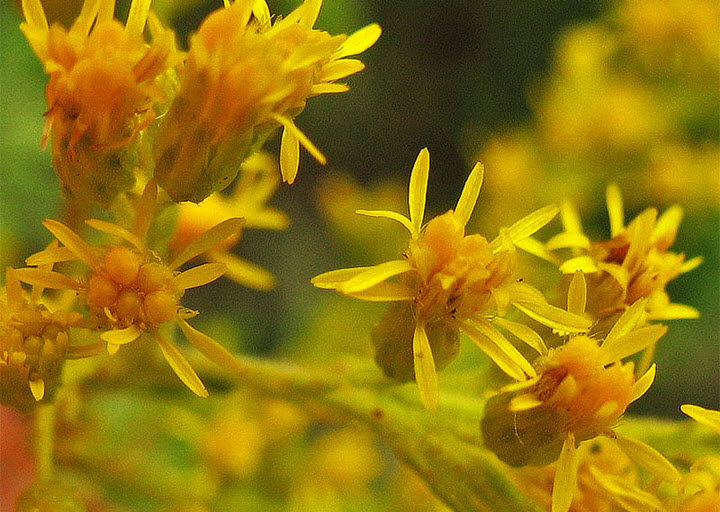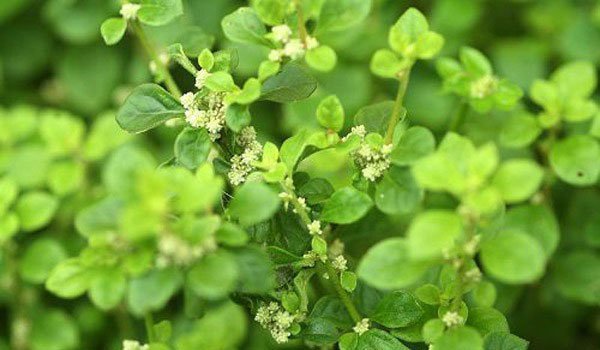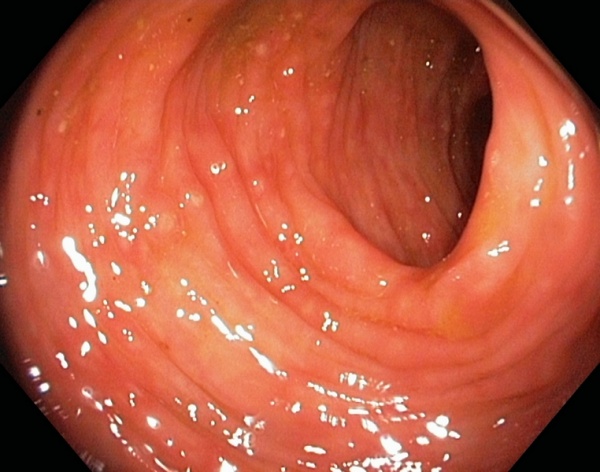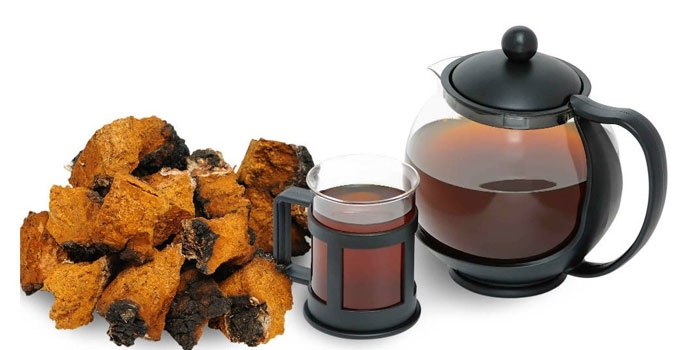Useful properties of goldenrod and contraindications
Two plants of the genus Solidágo have medicinal properties and are used in folk medicine:
- common goldenrod (Solidágo virgáurea);
- Canadian goldenrod (Solidágo canadénsis).
The genus name Solidágo is derived from the Latin word solidus, which means "strong, healthy". The Russian name comes from the bright yellow, golden flowers with which the plants bloom. Common goldenrod and Canadian goldenrod have a similar chemical composition, so they are used to treat the same spectrum of diseases. The plant has contraindications, you need to coordinate the use with your doctor. Vegetable juice and grass contain:
- saponins and coumarins;
- essential oils and resins;
- organic acids;
- flavonoids, especially rutin and quercetin;
- compounds of phenol and phenolcarboxylic acid.
The beneficial properties of the plant and the unique chemical composition have made it popular in the folk medicine of many peoples. In Germany, goldenrod is used as an ingredient in medicinal preparations for the restoration of venous vessels. Canadian goldenrod is found wild in North America and is used in Native American folk recipes. The carved bush, blooming with golden clusters, looks very beautiful, so Canadian goldenrod is grown to decorate gardens and orchards around the world.
The medicinal properties of the plant have found their application in the treatment of diseases of the immune system, bladder, digestive system and peripheral vessels. Common goldenrod, when used in large doses, can cause poisoning, so you must strictly follow the recommended dosage when preparing a decoction and infusion. The herb is not used to treat children under 12 years old, so contraindications include: children and infancy. In order for the common goldenrod to show its beneficial properties, when buying raw materials, you need:
- contact only trusted suppliers, it is best to buy medicinal herbs in a pharmacy or an official herbal shop;
- check the quality of the collection, the use of grass with mold, rot, insects or a fetid odor is harmful to health;
- check the expiration date;
- when the collection is stored at home, observe the regime of humidity, temperature and light recommended for storage, use before the expiration date.
The greatest harm to health and even danger to life is caused by the use of expired herbal preparations purchased from unknown herbalists (near the subway, at bus stops, in underground passages). These purveyors have a meager knowledge of botany, and under the influence of selfish gain or inadvertence pass off one herb for another. Canadian goldenrod is not toxic when collected in the singular, but may interact with other plants. For example, if you use Canadian goldenrod and cloves at the same time, then the remedy will even repel mosquitoes. When taken orally, it causes great harm to a person and can cause poisoning, even with a fatal outcome. Canadian goldenrod and common goldenrod will help against diseases, and not multiply the patient's troubles, if you use official pharmacies to buy packaged and tested raw materials.
Description of the medicinal plant
The common goldenrod has a trunk up to 1 meter high, long oval leaves with a carved edge. The plant blooms with small yellow flowers, the diameter of the flower is up to 1.5 cm. The flowers are collected in lush and luxurious clusters, inflorescence brush or panicle. Flowering and harvesting time - August-September. The Canadian goldenrod is up to 1.5 m high, but more often low, up to 30 cm. This species was bred artificially for decorative purposes, but then settled in the same way as the common goldenrod, throughout the European part of Russia, along the Western Siberian Plain and the Caucasus . You can meet this plant in wastelands, dry plains and even in city parks.
Beneficial features
In order for the plant to show its best and beneficial properties and improve health, you need to use the right recipes. In what form is the goldenrod used:
Tea.
There are two brewing methods. In the first case, you need to take 2 tsp. raw materials, pour 400 ml of water, bring to a boil and let it brew for 5 minutes. In the second case, take 2 tsp. raw materials, pour 400 ml of boiling water over, leave for 10-15 minutes. Honey can be added to taste.
Decoction.
Take 1 tbsp. raw materials, pour 200 ml of water, soar in a water bath for 5 minutes. A safe dose is 30 ml three times a day. You can make a decoction by boiling. Take 40 g of raw materials, pour 400 ml of water, boil for 10 minutes, strain and drink 100 ml each. Before use, you should consult with your doctor. In chronic kidney disease, damage to the urinary system and deterioration of well-being are possible. Contraindications - cholelithiasis in the acute stage.
Infusion.
Take 1 tbsp. raw materials and pour 500 ml of boiling water, infused for 8-12 hours. Application takes place after straining 1 third of a glass three times a day.
Solution for antiseptic treatment of the oral cavity.
Pour 4 tbsp. raw materials with a glass of boiling water, insist until cool, rinse as needed. Do not use inside.
The plant has effective and beneficial properties and, if the dosage is observed, is safe and does not harm the body.

What does it heal?
Decoction:
from cholelithiasis, diarrhea, rheumatoid arthritis and gout.
Mouthwash:
with stomatitis, gingivitis, periodontal disease and for the treatment of festering wounds on the skin.
Tea:
in case of metabolic disorders, the properties of the drink restore the balance of uric acid.
Infusion:
with vegetovascular dystonia, as an antiseptic, with pyelonephritis and cholecystitis.
Contraindications
The plant should not be used during pregnancy and lactation, children under 12 years old, especially infants. Contraindications include:
- allergic to any substance that the plant contains;
- acute disease of the urinary system.
Medicinal herbs such as goldenrod promote progress in recovery if the patient respects the contraindications and discusses the treatment plan with their doctor.
- Intercostal neuralgia - what is it and how to treat
- How to quickly get rid of dry corns on the legs
- How to treat left ventricular hypertrophy
- Rating of the best drugs for rotavirus for children
- Making tea from currant leaves, the benefits and harms of the drink
- How to drink hydrogen peroxide according to Neumyvakin - an oral regimen
- Features of the treatment of plantar fasciitis with folk remedies
- The composition and beneficial properties of parsley root
- How to get pregnant quickly? Folk remedies
- Herbs-ants in the "pot-bellied" period or the use of herbal medicine during pregnancy
- Why does a sore throat and dry cough occur, and what treatment is required?
- Why does my head hurt or feel dizzy after drinking coffee?
- “There is no money, but you hold on”: Medvedev’s Crimean voyage was sorted into quotes
- Military pensioners for Russia and its armed forces
- "There is no money, but you hold on": how Medvedev inspired Slepakov
- The best internet search engines
- Is it possible to erase from a person's memory
- How it came to this: the chronology of the "presidency" of Ksenia Sobchak
- Why games slow down on your computer and what to do about it?
- How much does an LG TV cost?









